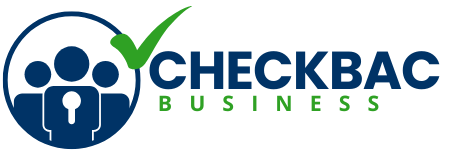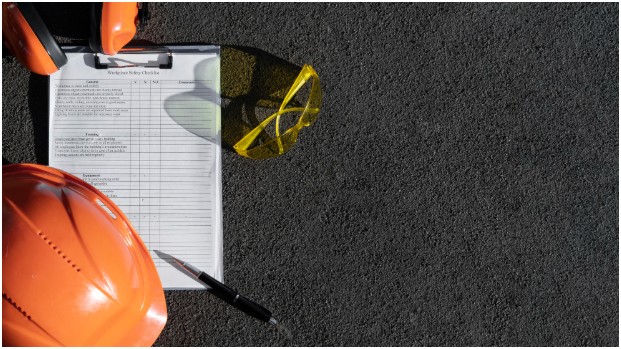I’ll be honest with you—I used to think hazard assessments were just fancy paperwork. Back in my early days as a safety consultant, I once walked onto a jobsite, looked around, and proudly declared, “Seems fine to me!” No clipboard, no checklist—just vibes.
Ten minutes later, a forklift operator accidentally knocked over a poorly stacked pallet of paint cans. That little mess cost the company two days of cleanup and nearly $5,000 in losses.
And me? I learned quickly that hazards don’t wait for permission to cause chaos. Since then, I’ve made it my mission to help folks understand exactly who is responsible for conducting a hazard assessment—and why brushing it off is a mistake you only make once.
Why Do Hazard Assessments Even Matter?
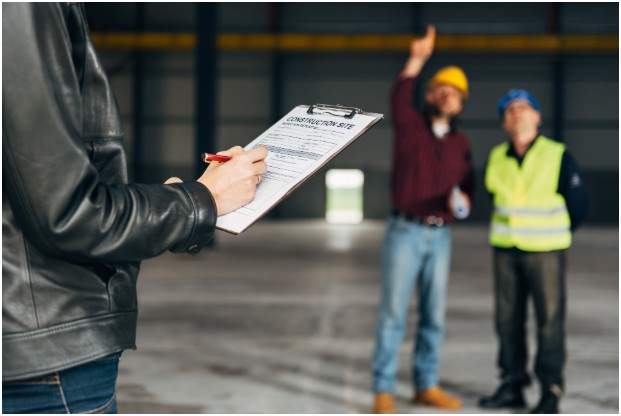
Think of a hazard assessment like the blueprint for your safety plan. It identifies potential problems before they occur. You wouldn’t build a house without checking for weak spots, right? Same thing here.
Whether you’re running a construction site, a warehouse, a commercial kitchen, or even a quiet little office, risks exist everywhere. From chemical exposure and machinery malfunctions to repetitive strain injuries and wet floors, hazards don’t discriminate.
A hazard assessment helps you:
- Recognize risks before they turn into incidents.
- Choose the right controls (like PPE or signage).
- Stay OSHA-compliant and avoid costly fines.
- Boost employee confidence and trust in the workplace.
And none of that can happen if no one steps up to take ownership.
So, Who Is Responsible for Conducting a Hazard Assessment?

Let’s cut to the chase: the employer is responsible. No passing the buck to the intern or hoping your floor supervisor “just knows what to do.”
Under OSHA’s general duty clause, it’s the employer’s legal obligation to provide a workplace free from recognized hazards.
That starts with—you guessed it—a proper hazard assessment. Whether you run a 5-person auto shop or a 5,000-person manufacturing plant, the responsibility sits squarely on the shoulders of the business owner or management.
Can you now delegate the task to a trained safety officer or consultant? Absolutely. But the responsibility? That always stays with leadership.
What Does a Hazard Assessment Involve?
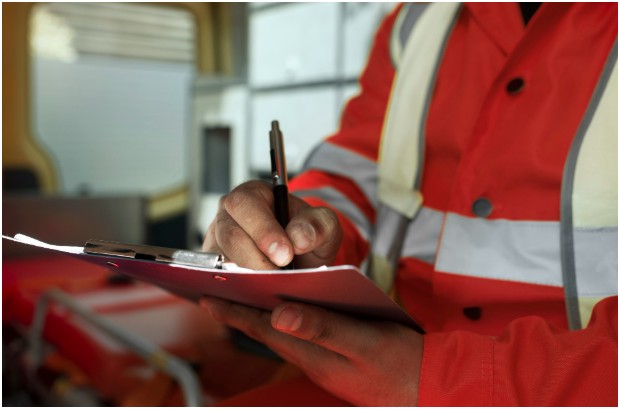
If the phrase “hazard assessment” makes you picture someone squinting at a clipboard, walking in circles, and nodding dramatically—well, you’re not entirely wrong. But it’s more structured than that.
A proper hazard assessment typically includes:
- Identifying job tasks and breaking them into steps
- Observing the worksite to catch environmental or process hazards
- Consulting workers who actually do the job (because they always know where things go sideways)
- Evaluating current controls like ventilation, barriers, or safety policies
- Determining what’s missing—and how to fix it
This process should be performed regularly, not just after an issue arises. It’s your safety map. And like any map, it only works if it’s up-to-date.
What Happens If No One Conducts a Hazard Assessment?
Here’s where things get real. If no one conducts a hazard assessment, you’re running your business blindfolded. It’s only a matter of time before something slips through the cracks.
I’ve seen companies deal with:
- OSHA citations (and those fines aren’t pocket change)
- Workers’ comp claims that skyrocketing insurance costs
- Equipment damage and production delays
- Most heartbreakingly, worker injuries that could’ve been prevented
Skipping this step doesn’t save time—it multiplies risk. And risk is expensive, both in dollars and in lives.
How to Make the Most of “Who Is Responsible for Conducting a Hazard Assessment?”
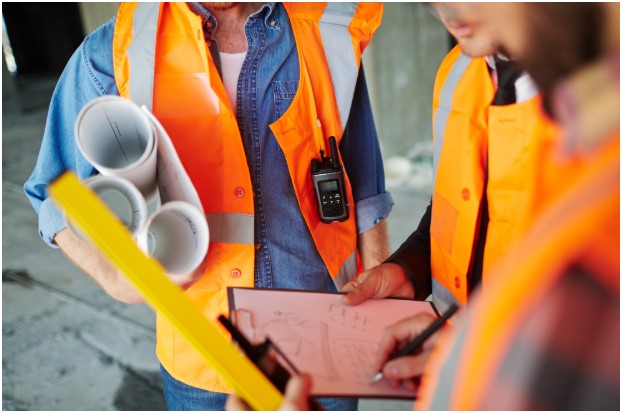
Okay, so now that you know the answer (it’s the employer, always), how can you make this work day-to-day?
Start by choosing someone qualified to lead the assessment—whether it’s your safety manager, an outside consultant, or yourself. Then, walk through each area of your facility with intention. Watch how tasks are performed. Talk to your crew. Take notes.
Create a record of hazards identified and the controls you’ve implemented. This isn’t busywork—this is documentation that can save you in the event of an inspection or incident.
And keep it current. Hazard assessments aren’t one-and-done. Anytime you add equipment, change a workflow, or shift responsibilities, it’s time to reassess.
How Often Should Hazard Assessments Be Done?
It depends on your workplace, but here’s a good rule of thumb: at least once a year, and whenever there’s a significant change.
Here’s a quick look at timing:
| When to Conduct | Why It Matters |
| When launching a new facility | Start safe, stay safe |
| After introducing new equipment | Identify unfamiliar risks |
| Post-incident or near-miss | Prevent recurrence with corrective actions |
| Annually (at minimum) | Maintain up-to-date safety documentation |
| When job roles or tasks change | Different duties bring different dangers |
FAQ: Your Hazard Assessment Questions—Answered!
Can I just use a generic hazard assessment checklist?
You can use it as a starting point, but it won’t cover the unique risks of your specific environment. A meat-packing plant and a graphic design office won’t share many hazards (hopefully), so customize your list.
What if my team is remote or working in a hybrid setting?
Great question. Remote work doesn’t remove risk—it shifts it. You’ll want to assess the home office’s ergonomics, fire safety, and electrical setup. Employers are still responsible, even outside the traditional workplace.
Who signs off on the hazard assessment?
Typically, a manager, safety officer, or supervisor signs the form, but ultimate responsibility lies with the employer. Ensure it’s someone authorized and properly trained.
Do I need special training to do a hazard assessment?
Yes—whoever conducts it should be trained in hazard recognition and workplace safety. If you don’t have someone in-house, it’s worth bringing in an expert or getting certified through programs like OSHA 30.
Before You Walk That Floor
So—who is responsible for conducting a hazard assessment? The answer is clear: the employer. But the smartest employers know it’s not just about checking a box. It’s about owning your role in creating a culture of safety.
Hazard assessments aren’t glamorous, and they rarely get standing ovations—but they’re the quiet work that keeps people alive, protected, and productive.
If there’s one final nugget of wisdom I can offer: walk your site like you’re seeing it for the first time. Ask questions. Invite feedback. Look for what’s missing, not just what’s visible.
Because safety doesn’t start with a sign—it starts with awareness.
